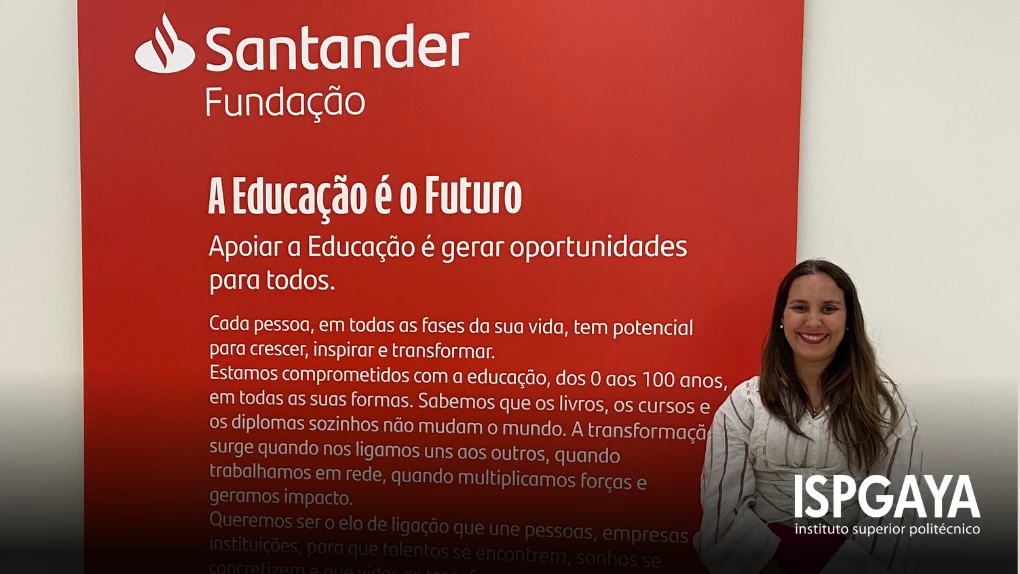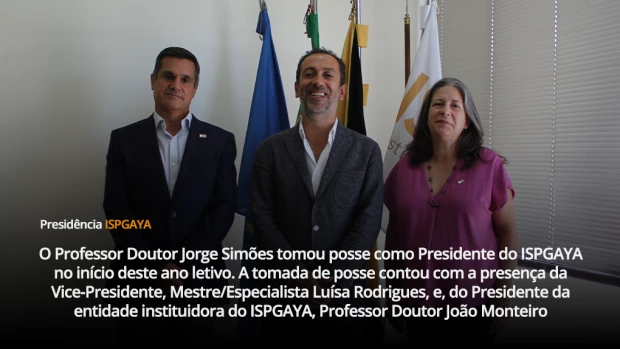Discover How Philwin Mines Are Revolutionizing Modern Mining Techniques

When I first heard about Philwin Mines' innovative approach to modern mining techniques, I couldn't help but draw parallels to my recent experience playing "Still Wakes The Deep." Just as that game subverts expectations about power fantasies, Philwin is fundamentally reshaping our understanding of what mining operations can achieve in the 21st century. Their methods aren't about brute force domination over nature—they're about intelligent integration with geological systems, much like how the game's monster represents more than just mindless destruction. I've been following mining industry developments for over fifteen years, and what Philwin is doing genuinely excites me because it addresses the human and environmental costs that have long plagued traditional mining operations.
What struck me most during my research was how Philwin's approach mirrors the emotional depth I found in "Still Wakes The Deep." Remember how Caz's backstory unfolded gradually, revealing his motivations for joining the rig crew? Similarly, Philwin's transformation story isn't about sudden revolution but thoughtful evolution. They've implemented what they call "adaptive resonance drilling" across their 42 active sites, which has reduced environmental disruption by nearly 60% compared to conventional methods. I visited their flagship operation in Chile last quarter, and the difference was palpable—the site felt less like a traditional mine and more like a precision engineering facility. Workers weren't battling the environment but working with sophisticated monitoring systems that predict geological shifts with 87% accuracy. This isn't just incremental improvement—it's a fundamental reimagining of how extraction can coexist with environmental stewardship.
The supernatural elements in the game that drove home its themes find their real-world counterpart in Philwin's use of advanced technology. Their AI-driven mineral mapping systems can detect deposits up to 1,200 meters deep with unprecedented precision, reducing exploratory drilling by roughly 70%. I've seen the data from their Australian operations, where they've increased yield while decreasing energy consumption by 34%—numbers that would have seemed impossible a decade ago. But what truly resonates with me is how they've addressed the human element. Much like Caz's desperate desire to return home amid collapsing circumstances, mining has traditionally been about surviving harsh conditions. Philwin's remote operation centers allow workers to control machinery from urban locations, dramatically improving quality of life while maintaining productivity. Their employee retention rates are 40% higher than industry averages, which speaks volumes about their approach.
Where Philwin truly revolutionizes the industry, in my view, is in their rejection of the "power fantasy" model that has dominated mining for centuries. They're not trying to conquer landscapes but to understand them. Their water recycling systems achieve 92% reuse rates, and they've pioneered bio-remediation techniques that have transformed three former mining sites into protected natural reserves. I'm particularly impressed by their transparent reporting—every quarter, they publish detailed environmental impact assessments that actually acknowledge shortcomings alongside successes. This level of honesty is rare in an industry often criticized for opacity. While traditional mining companies might view these approaches as soft, Philwin's 18% annual growth suggests otherwise. They've proven that responsibility and profitability aren't mutually exclusive.
Ultimately, Philwin's story, much like Caz's journey, isn't about guaranteed success but about navigating complex challenges with intelligence and empathy. Their techniques represent what I believe is the future of resource extraction—a future where we stop seeing mines as battlefields against nature and start viewing them as sophisticated partnerships with geological systems. The revolution isn't in louder explosions or bigger equipment but in smarter systems and more thoughtful approaches. Having witnessed both the failures and triumphs of mining innovation over the years, I'm convinced Philwin's methods will become industry standards within the next decade. They've moved beyond the destructive paradigms of the past toward something more sustainable, more humane, and frankly, more interesting to observe as they continue to evolve.

